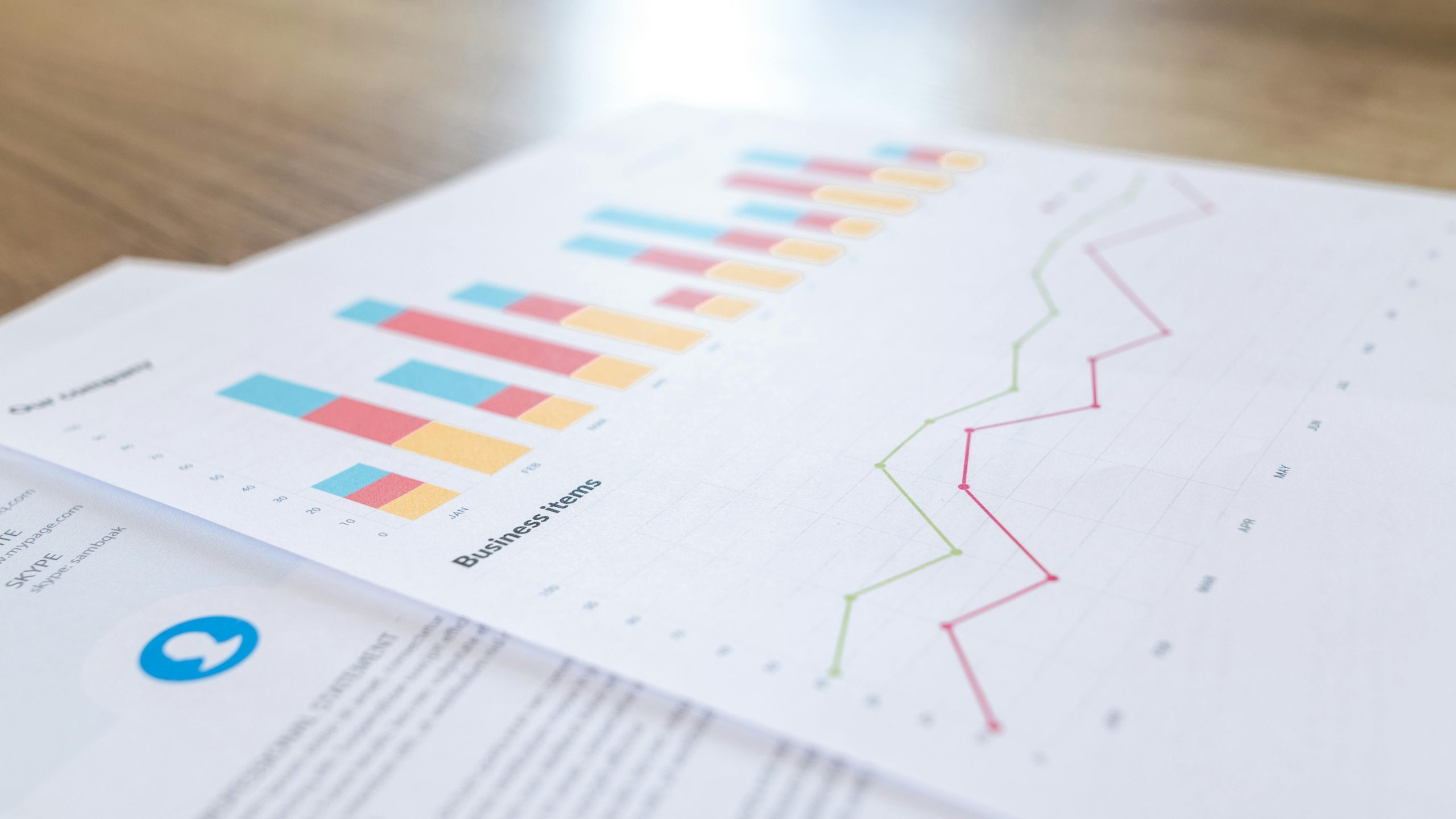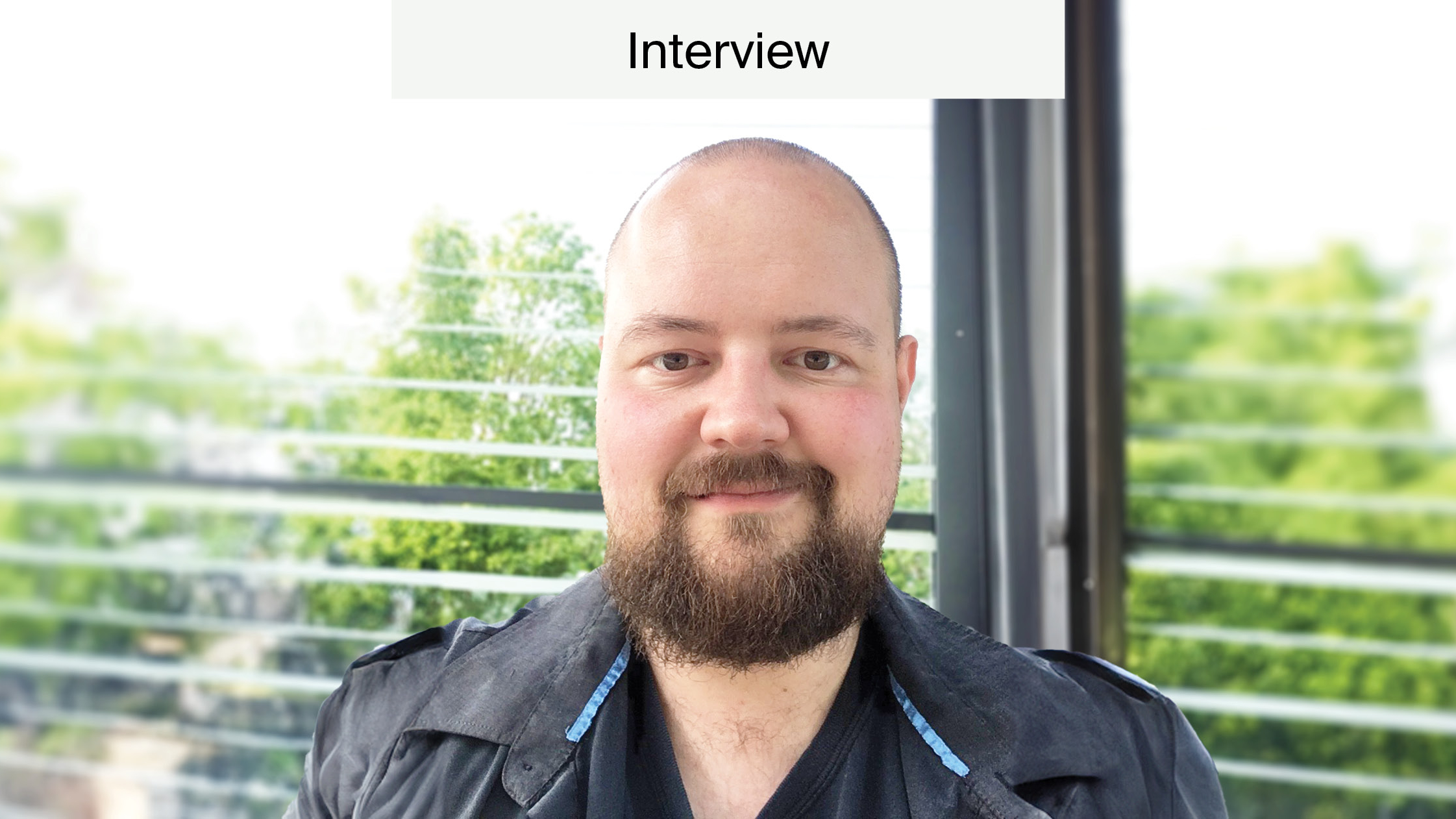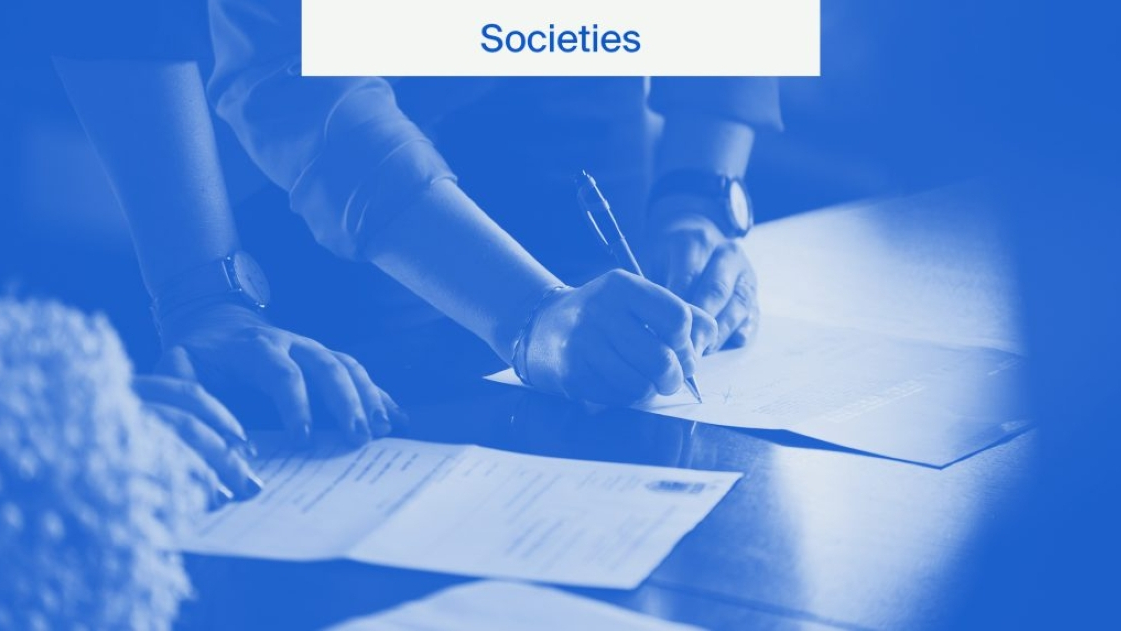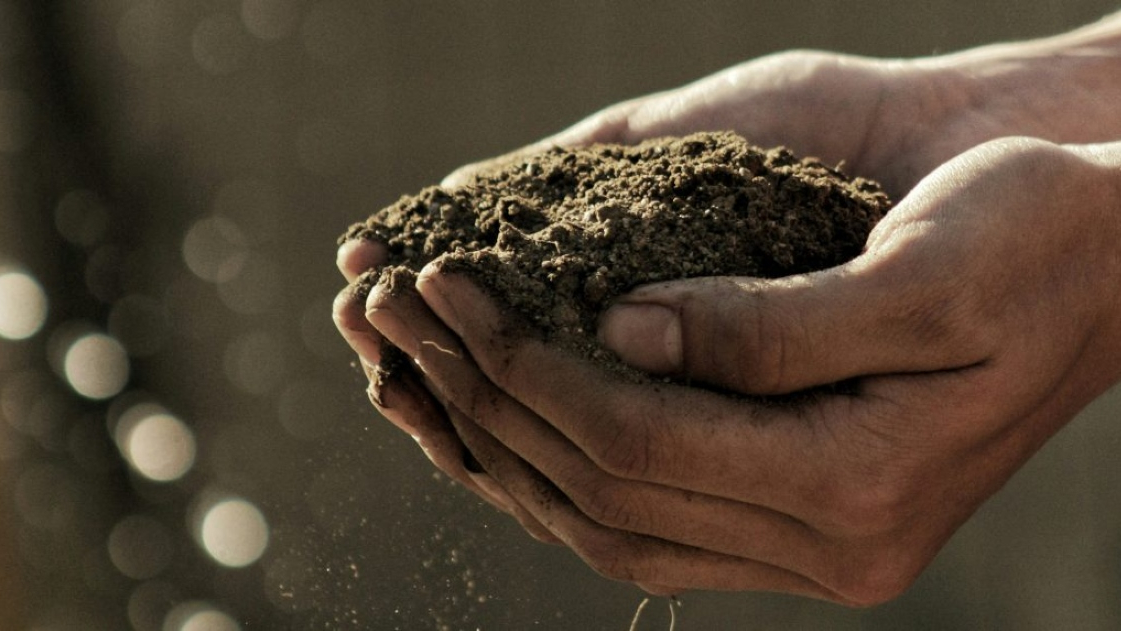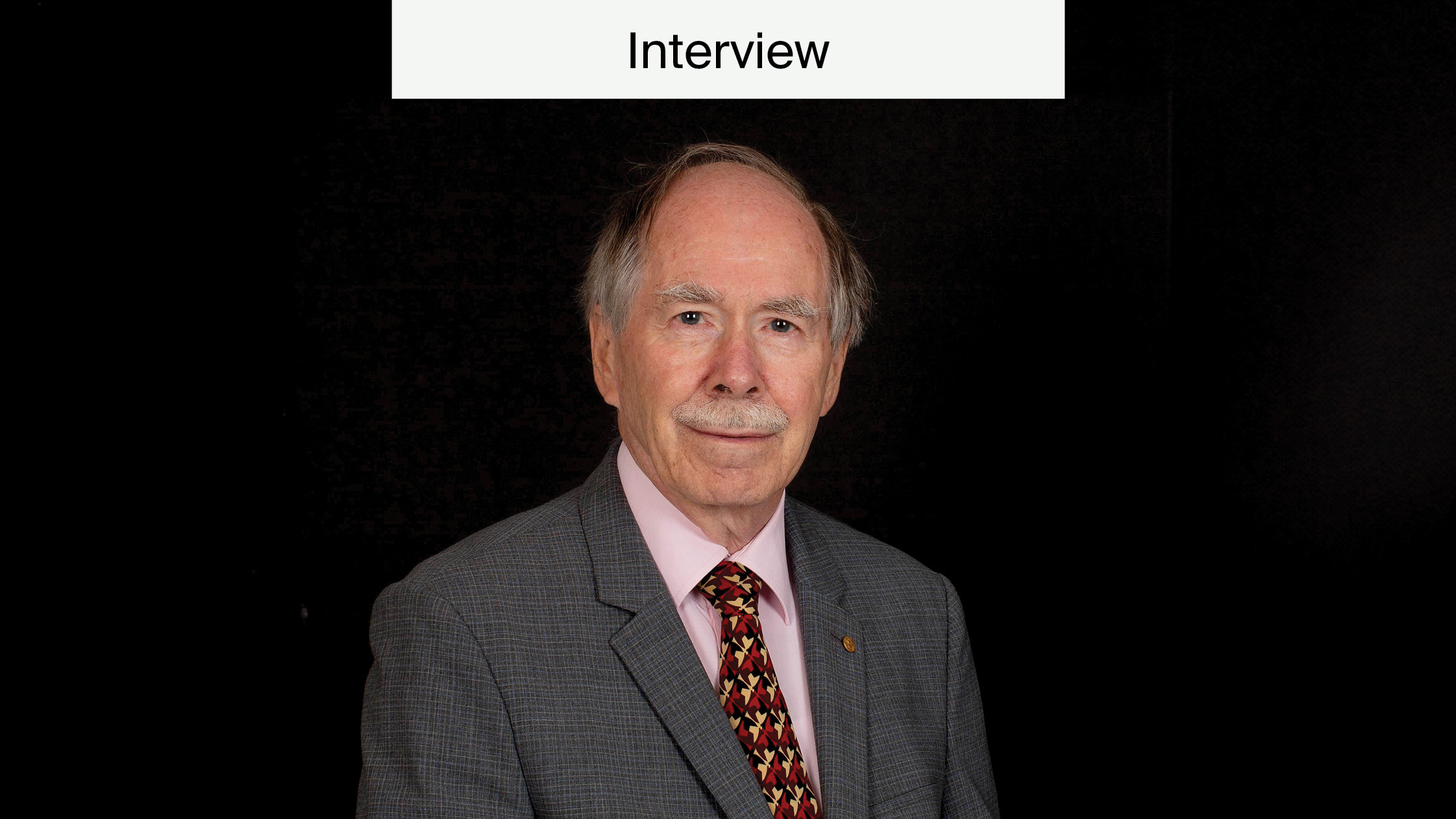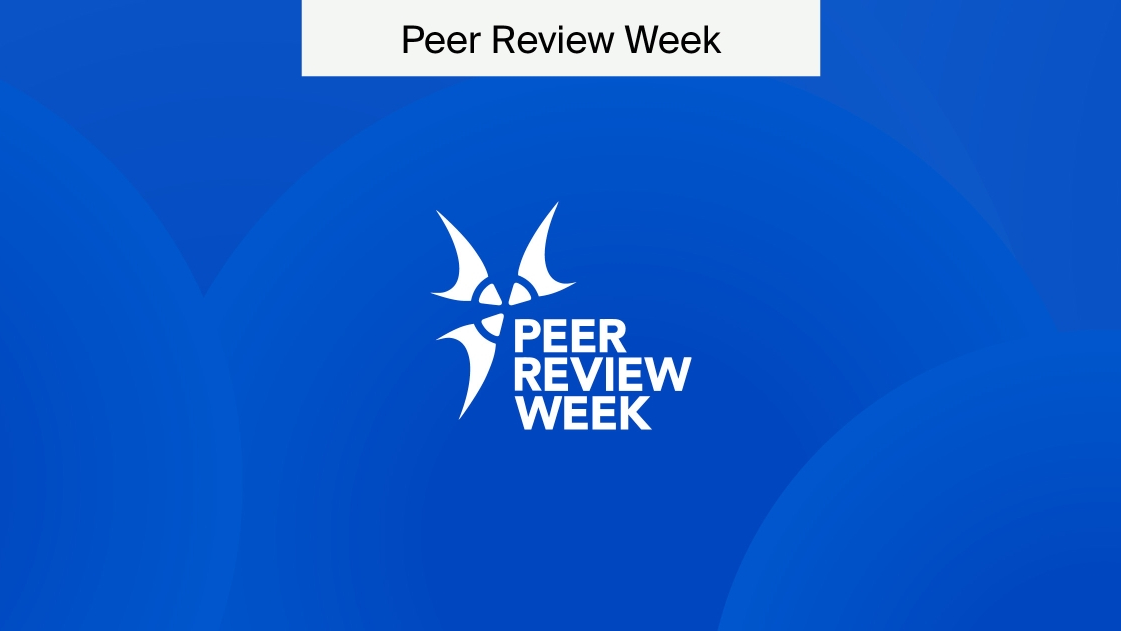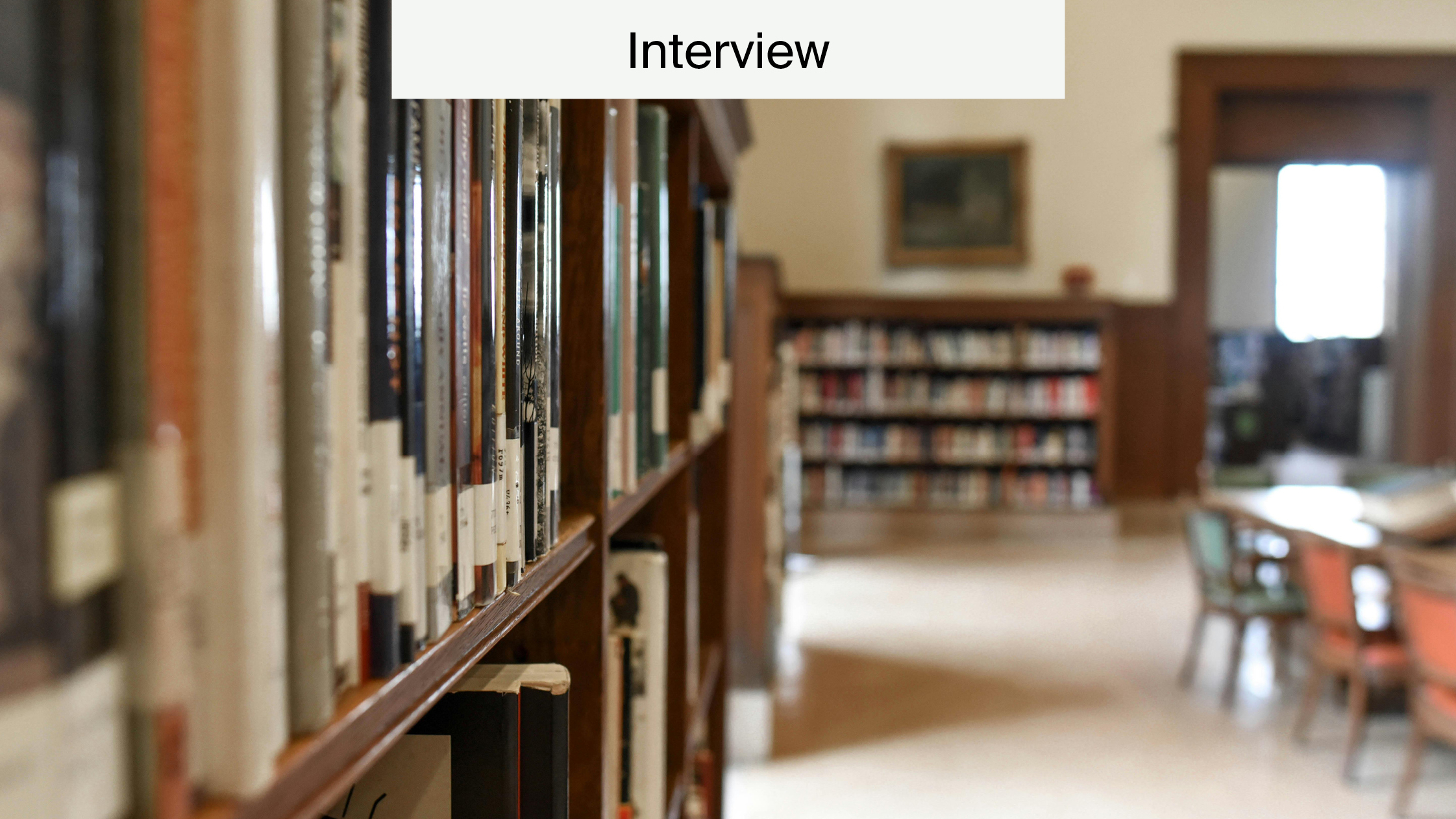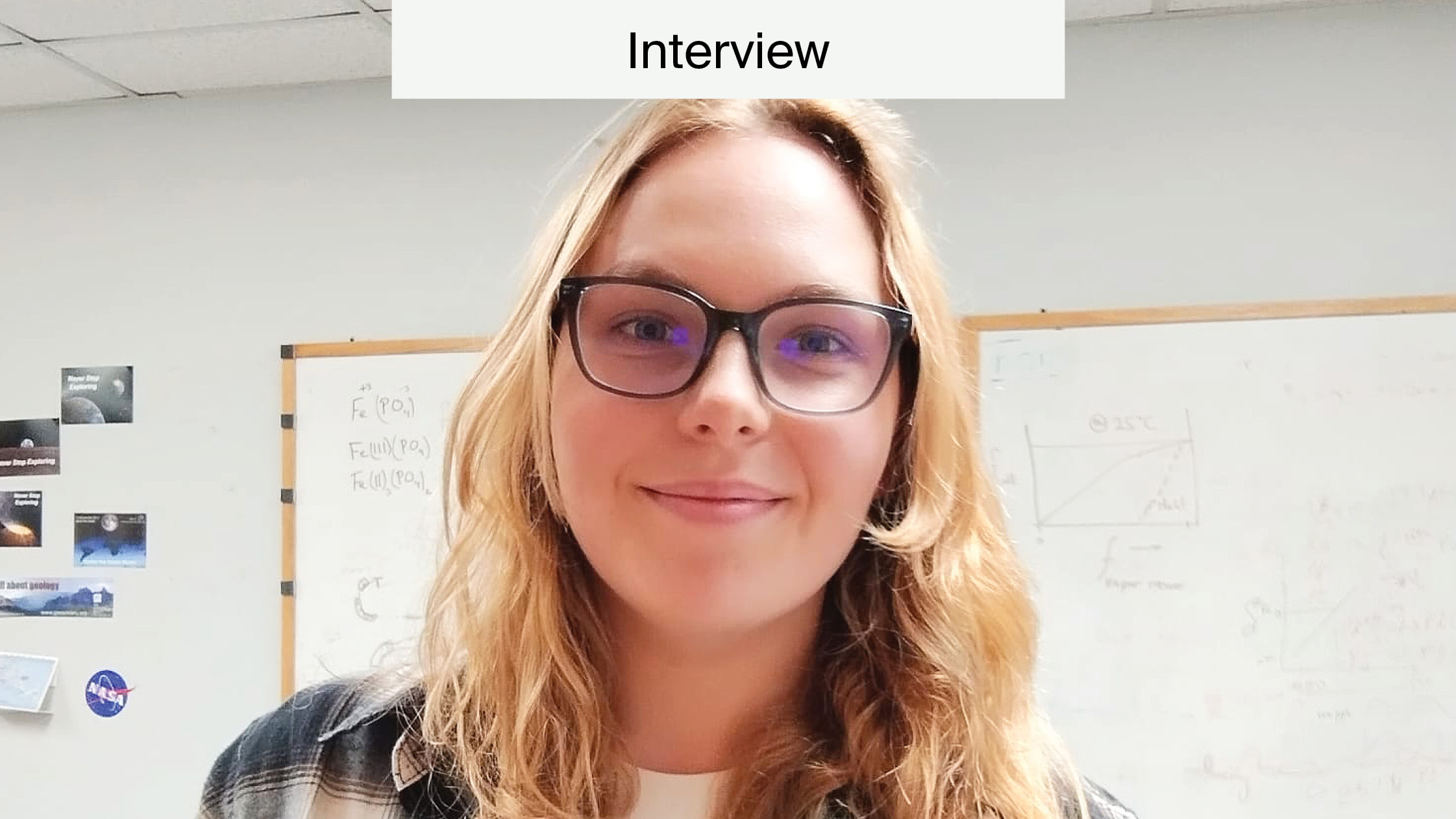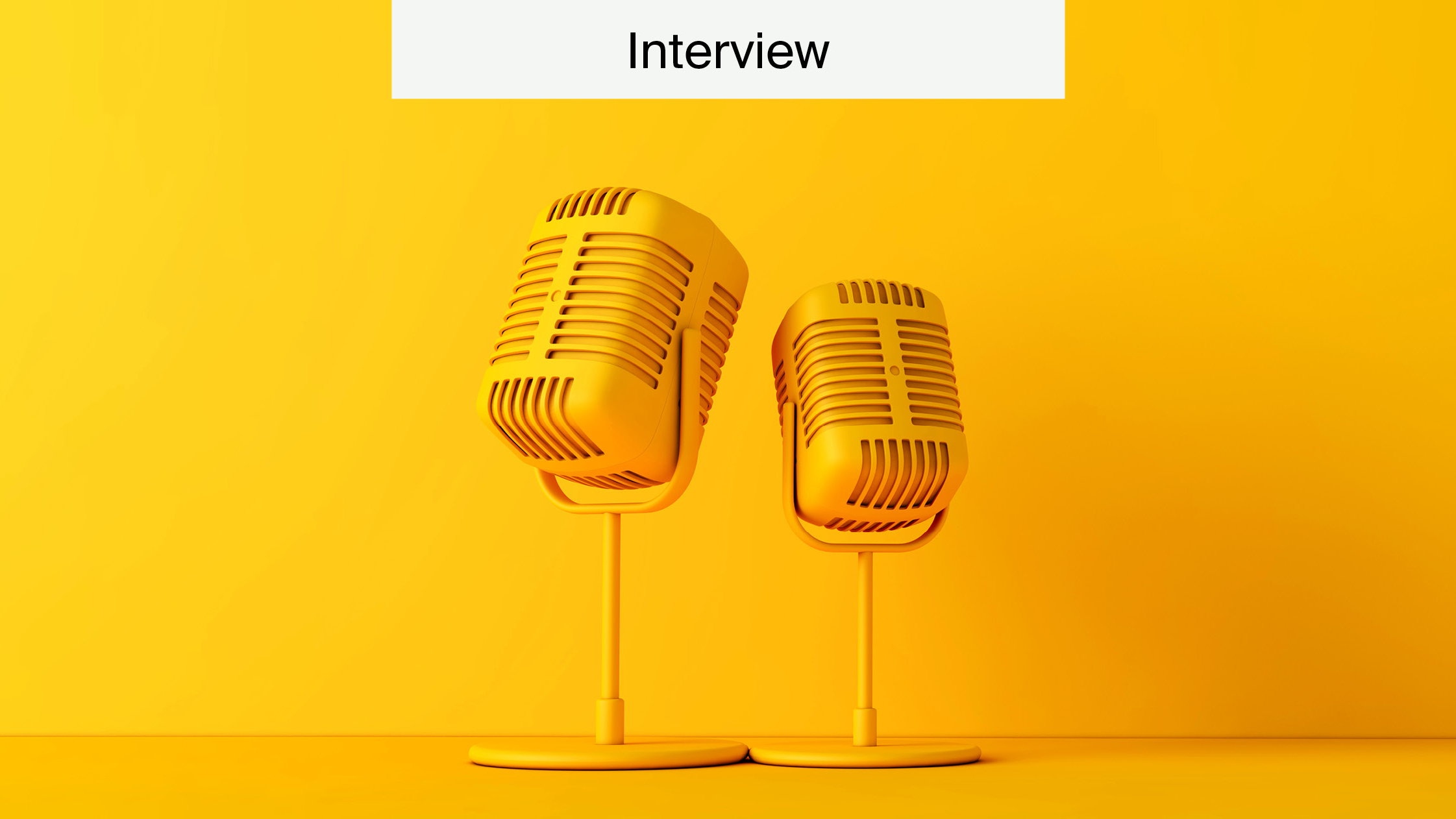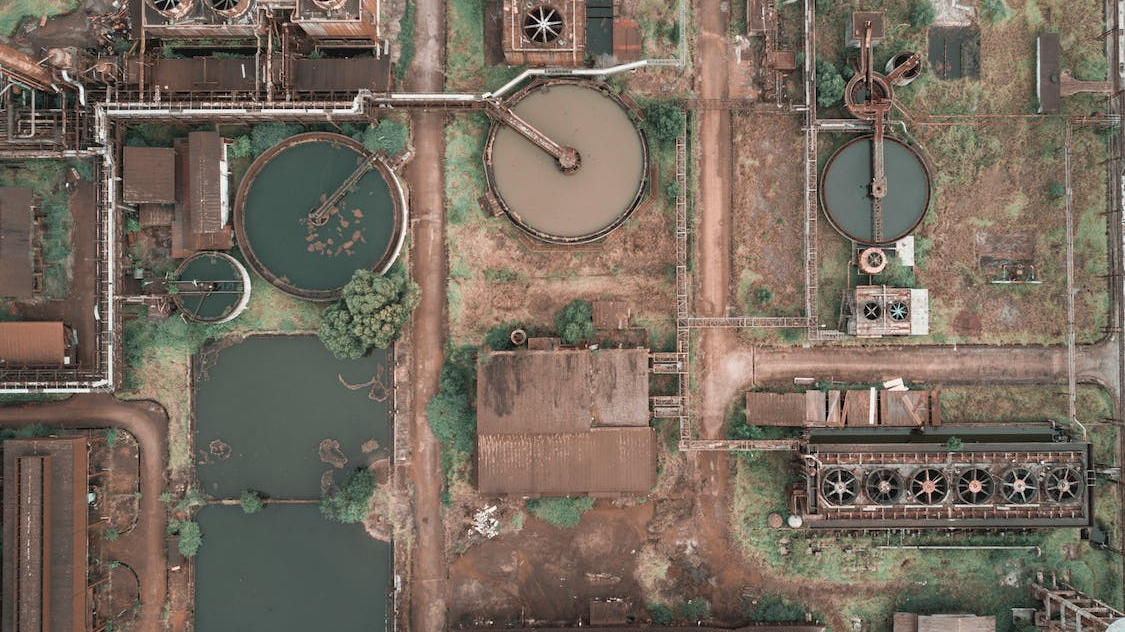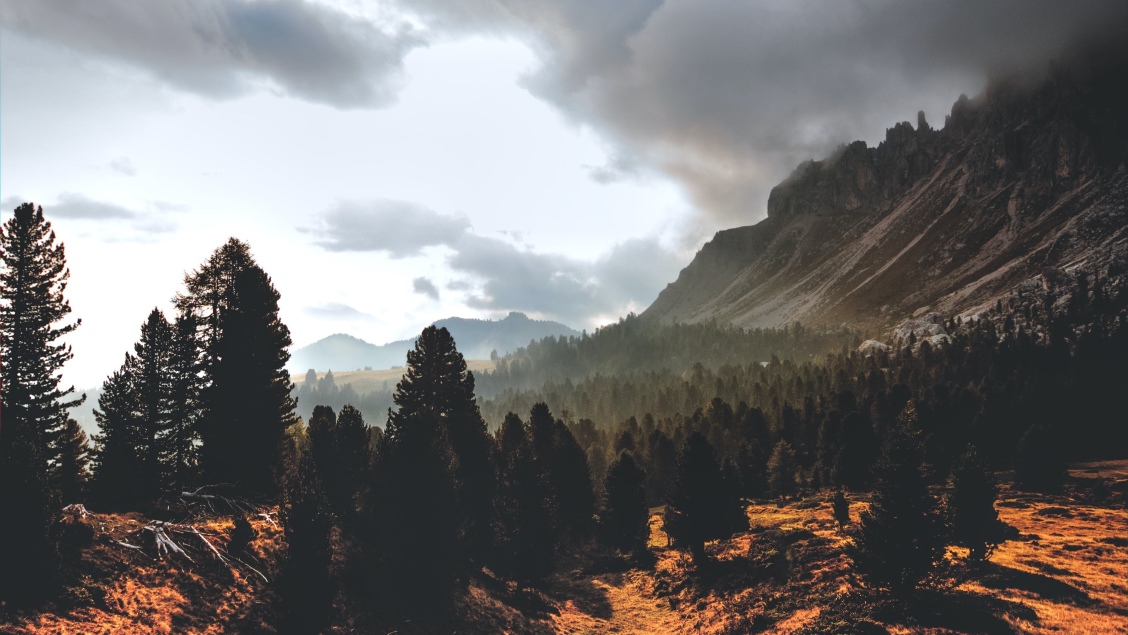
Prof. Dr. Jianguo Liu Interview—World Sustainability Award Winner 2021
There are many questions that we must ask ourselves when it comes to sustainability. What links the expansion of meat consumption in China to the destruction of the Amazon rainforest? What about clean water initiatives, human migration and hydroelectric dams, and human migration in Ethiopia? What’s the link between divorce and environmental sustainability? The work of World Sustainability Award Winner Professor Jianguo “Jack” Liu aims to answer these questions and more. In this Jianguo Liu Interview, we cover all this and more.
His work charts the interconnectivity of human activity and its consequences on the natural environment—across disciplines, species, and continents. His telecoupling framework can help us to understand the entirety of our impact on our planet, meaning that when address the problems caused by this impact, we do it from the best position possible.
Not satisfied with simply contributing to the way in which we think about sustainability, Professor Liu has helped us to change how we act, having been able to bridge the gap between revolutionary scientific research and policy. His work has helped to revolutionise China’s environmental protection policy, improve the management of protected areas, and has even contributed to saving the giant panda from extinction. We, not just as humans, but as inhabitants of earth, are all implicated in and affected by the actions of everyone else, and Professor Liu’s work has helped us to better understand how.
Now, as director and founder of the Center for Systems Integration and Sustainability at Michigan State University, he is leading world-changing research programs on human and natural systems, with the aim of understanding how they can coexist successfully.
Prof Dr Jianguo Liu Interview
In this Jianguo Liu interview, we unpack his work and understand what it’s like to be a world leader in sustainability research
What first convinced you to pursue the study of the way human and natural systems are linked?
My childhood experience inspired my interest in human–nature interactions. I was born and raised in rural China. My daily companions during my childhood included plants, birds, and insects. I also collected fuelwood, cultivated and harvested rice, raised pigs and cows, and caught fish in rivers and ponds. For my doctoral dissertation, I developed an ecological–economic model to examine effects of different forest management options on economic returns and bird population dynamics in the southeastern United States. During my postdoctoral study, I constructed a tropical forest dynamics model to simulate effects of harvesting and plantation on dynamics of primary tropical forests. The models were based on empirical data. These studies broadened my experiences with human–nature interactions.
Since the mid-1990s, with my students and collaborators, I have been conducting interdisciplinary research in a real-world laboratory on human–nature interactions—Wolong Nature Reserve in southwestern China (read about it here: Liu et al. 2016). Wolong is a “flagship” protected area for giant panda conservation and home to thousands of local residents. Our research has led to many interesting discoveries about complex relationships and feedbacks among pandas, people, and policies—people affected the panda habitat, changes in the panda habitat prompted the government to develop and implement new policies, the new policies affected people’s attitudes and activities, and new human activities in turn influenced the panda habitat. Findings from Wolong and elsewhere, as well as my previous experiences, have led to an integrated framework of coupled human and natural systems, in which humans interact with natural components (Liu et al. 1999, Liu et al. 2007).
Could you give us some of the most striking examples of telecoupling?
Research on coupled human and natural systems has increased drastically worldwide, but often has focused on a specific place such as Wolong. Further research in Wolong indicates that distant processes such as tourism are becoming increasingly important in shaping human–nature interactions within the reserve boundaries. To encompass and integrate all types of distant processes, in 2008 I coined an umbrella concept—telecoupling—human–nature interactions over distances. It expands and integrates disciplinary concepts such as trade, tourism, foreign investment, technology transfer, disease spread, species invasion, and migration. It also includes other distant human–nature interactions induced by humans and/or natural events (e.g., climate change, land use, and disasters) that originate at one place but influence distant places.
This framework views distant places as connected through various flows including movement of information, people, organisms, goods, and services. To quantify telecoupling, with students and collaborators around the world, I have been developing and applying the telecoupling framework (Liu et al. 2013, Liu et al. 2015, Kapsar et al. 2019, Liu 2020).
The most striking example of telecoupling that everyone knows but may have not realized is the ongoing COVID-19 pandemic that started in the city of Wuhan in China and has spread to every corner of the globe with unprecedented socioeconomic and environmental impacts.
There are many examples that the general public and even the scientific community are less familiar with. Here are two examples that my team has revealed: Trade between distant countries had more impact on progress towards the UN Sustainable Development Goals than trade between adjacent countries (Xu et al. 2020). International supply-chain agreements had reduced deforestation in the Amazon, but they had shifted deforestation to another global biodiversity hotspot (the Brazilian Cerrado) (Yue et al. 2018).
Should the concept of telecoupling change how we perceive where the responsibility falls for environmental protection?
Yes, the framework of telecoupling helps us to identify where responsibility should fall for environmental protection. It specifies three types of systems: sending (e.g., exporting countries), receiving (e.g., importing countries), and spillover systems (e.g., countries that are affected by interactions between sending and receiving systems, such as trading countries) (Liu et al. 2013). One negative impact on spillover systems results from the CO2 emissions produced by production and transportation of goods between sending and receiving systems. Thus, the sending and receiving systems should be responsible for the negative impact on the spillover systems (Liu et al. 2018), which are often ignored.
If we are to take one action as a society based on the understanding of the interconnectivity of human and natural systems, what should it be?
Incorporate all the direct and indirect environmental costs of producing, processing, transporting, and storing goods and disposing wastes into the prices of goods. The costs include those at local and distant places.
How has your understanding of sustainability changed over your career in the field?
My understanding of sustainability changed from focus on a local place to many places around the world, and ultimately to the entire world. It is important to achieve sustainability in one place without compromising sustainability elsewhere (Liu 2018).
I have also begun to think about sustainability of outer space, given increasing interactions between humans on Earth and other planets (Liu 2017). With more space exploration and commercial enterprises, such as space tourism and even colonization, more attention is needed to human-made debris in outer space.
My attention has also expanded from direct drivers such as land use and pollution behind unsustainability, to indirect drivers, such as divorce, which doubles the number of households and increases consumption of resources such as land and energy.
What was your intention when you founded the Center for Systems Integration and Sustainability?
To have an interdisciplinary platform for conducting cutting-edge research on issues related to sustainability, to train next generations of leading scholars on sustainability, and to disseminate research findings across the globe.
What developments in sustainability policy and research should we look out for in the next few years?
More research on distant impacts and indirect impacts.
Incorporation of distant impacts and indirect impacts into sustainability policy.
If you could give some words of advice to a young Jianguo Liu starting out in their academic career, what would they be?
Broaden knowledge bases.
Practice critical thinking and leadership skills.
What difficulties have you faced in the process of translating scientific research into actionable policy?
It took much time and patience to convince policy makers to believe in negative, unexpected results, especially when the results imply that the policy makers and managers did not do a good job in the past.
How important is the concept of Open Access to sustainable development?
Open access enables everyone to gain free access to knowledge and publications for sustainable development easily and fast. This is especially important for those who cannot afford traditional journal subscriptions. Even for users in institutions which subscribe to journals, it may be impossible or not easy for them to gain access to these journals when they are physically not on the premises of their institutions (e.g., when they are at home or traveling).
What’s the secret to a happy scientific life?
Positive thinking about negative outcomes and expecting the worst. I often assume that my manuscript submissions for publication and grant proposals for funding will be rejected. When I receive rejection letters, I do not feel as bad. If I happen to receive acceptance letters, I am extra-happy!
The COP26 conference in Glasgow will soon be upon us [at the time of writing], what will you be looking out for?
I will be particularly looking out for possible discussions and outcomes regarding telecoupled impacts of climate change and relevant action. So far, discussion and action on climate change have focused on climate impacts on specific places. However, climate change impacts on specific places may cascade and spill over to other places, including those far away.
If you enjoyed this Jianguo Liu interview, we have more content
We hope you enjoyed this Jianguo Liu interview. You can also explore the rest of the World Sustainability Awards Afterparty Interviews with World Sustainability Award Winner Professor John Elkington and Emerging Sustainability Leader Award Winners Professor Anet Jambrak and Dr. Lela Mélon. There’s no need to leave the party just yet!

